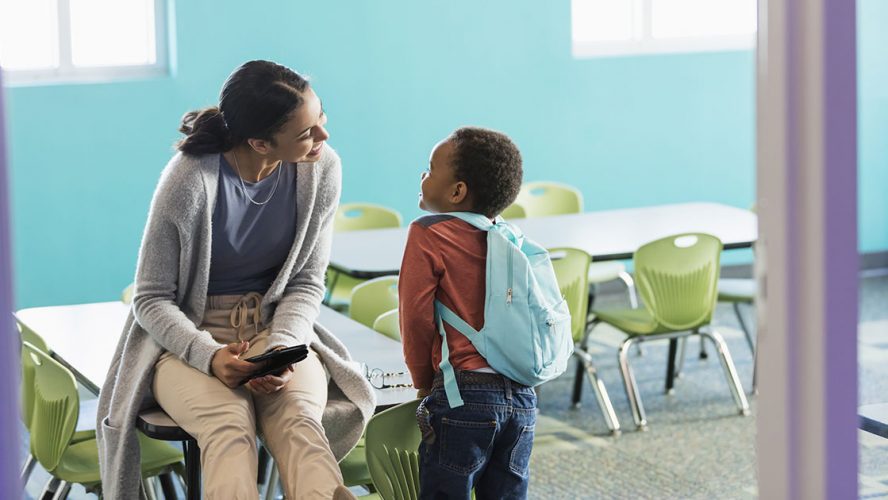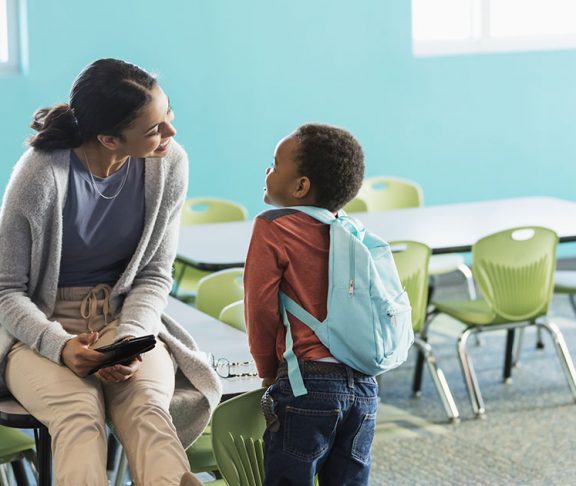Much has been written about the shifting focus in early childhood education over the past several decades. Historically, the early years were understood as a special period of life for young children. In kinder, gentler days of early schooling, teachers were able to place children squarely at the center of the curriculum, and nurturance of total development and learning was the goal. Kindergarten, for example, was dominated by play-based learning experiences. It was a place where children grew in their abilities to self-regulate, to problem solve and to socialize; a place of joyful learning for children — a good place — where five year olds could easily imagine a happy, successful education future.
Early childhood educators, possessing specialized knowledge of child development and learning, were responsible for and trusted with curriculum planning and implementation. In the current accountability climate, however, preschool and kindergarten programs alike often maintain a purely academic emphasis; one can even find programs for three-year-olds that are characterized by formal educational approaches once reserved for older children.
A different approach
Yet isn’t an early academic focus advantageous for children? Not so, says Lilian Katz, Professor Emeritus at the University of Illinois: “While early formal instruction may appear to show good test results at first, in the long term, in follow-up studies, such children have had no advantage. On the contrary, especially in the case of boys, subjection to early formal instruction increases their tendency to distance themselves from the goals of schools and to drop out of it, either mentally or physically.”
Education programs should be responsive to the needs of individual children in order to best support learning and overall development. Instead, early years programs have become over-standardized and ill-suited to young children’s general approaches to learning. Not surprisingly, it is often the education professionals who bemoan the system in which they find themselves; the daily tension between their professional knowledge and commitment to children, in stark contrast to standards-driven educational expectations, is a troubling reality for them.
Their best outcomes
The good news is that high-quality early education positively impacts children’s future academic achievement, as well as a number of other indicators of success in life. According to the National Association for the Education of Young Children (NAEYC), high-quality programs are those that provide safe and nurturing environments while promoting the physical, social, emotional and intellectual development of young children. Such programs also respond to the needs of families, recognizing that children grow and develop in the context of their families. And while many think of the early childhood years as the span from birth to five, this period actually encompasses the period of life from birth to eight years of age. In other words, high-quality programs for children, as defined by NAEYC, must be available from birth and should set the standard in the primary grades. More good news? Qualified early childhood teachers are well prepared to provide the excellence needed in early education programs.
The evidence is clear: optimal outcomes for children result from high-quality experiences in the first eight years of life. Whether in home settings or in classrooms outside the home, our youngest learners will experience the greatest benefit from warm, nurturing interactions with caring adults who are committed to supporting their total development. And when children enter formal school settings, they’ll continue to thrive with responsive teachers, knowledgeable and well-prepared to promote academic success as part of total development. So, what’s the ideal approach to ensuring young children’s long-term, academic success? No doubt, one essential ingredient is a qualified, early childhood educator in every classroom for young children.

